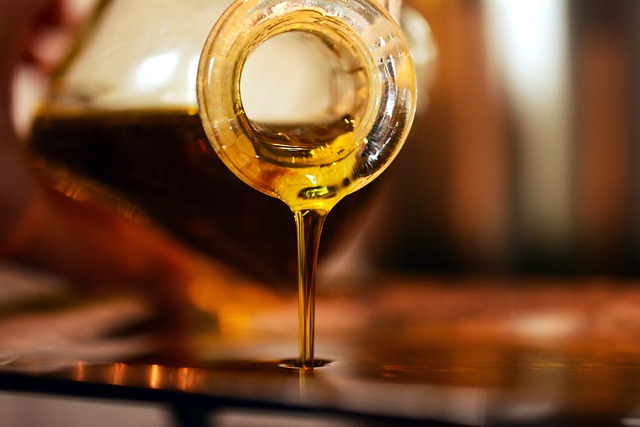
The thing that comes up most often when talking about health is how to manage, lose, and burn fat. Fat has such a negative connotation, and if the fashion industry is to be believed, something to be avoided. But what is fat? Many might find it surprising to find out that fat cells are good for us, can protect the body, and that not all fat is equal according to the nutritionists at Healthline.
Brown vs. White Fat Cells
Fat cells, scientifically known as “adipose tissue,” break into two categories, brown and white. White fat cells are the more common of the two. White fat stores energy, providing body heat, and contributing to obesity if not kept under control.
Brown adipose tissue, or brown fat cells, where recently discovered to remain in adults. Originally, it was thought we lost all our brown fat when we reached puberty. They are smaller and contain necessary minerals, protect our organs, and store energy. Burning brown fat cells can streamline thermogenesis, burning calories simultaneously.
Fats in Our Diets
Adipose tissue is the type of fats our bodies naturally produce. Our body’s constitution depends heavily on our diets and balanced nutrition. The fats in our foods can have a different makeup as well. There are four types of fats that we get from the food we eat:
- Saturated fats
- Trans-fats
- Monounsaturated fats
- Polyunsaturated fats
Saturated and trans-fats are unhealthy fats, worsening our cholesterol. Unsaturated fats, in the form of oils, can maintain and lower cholesterol when used in moderation. Additionally, sugary foods can add to white fat cells when the amount of glucose is greater than the amount of energy our bodies can store.
Our relationship with healthy and unhealthy fats is a complicated one. The important thing to remember is that moderation is key. The Council for Retirement Security wants every senior to enjoy a happy and healthy retirement, remembering to prioritize balanced nutrition, exercise, and that a little fat can benefit our health.